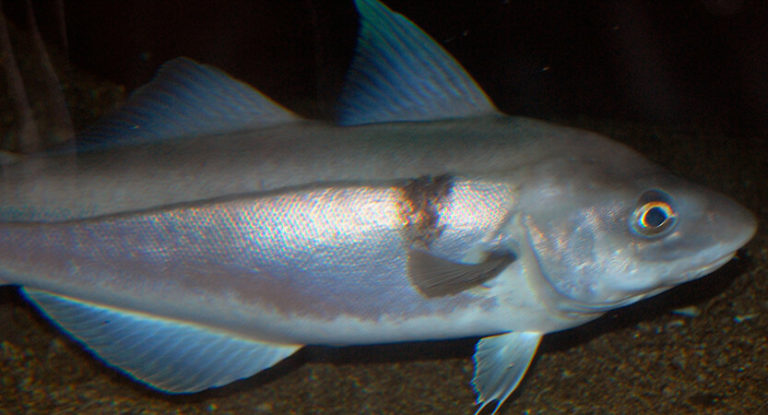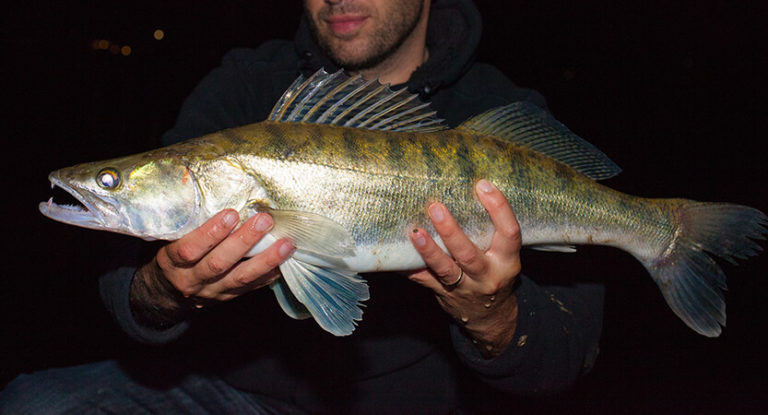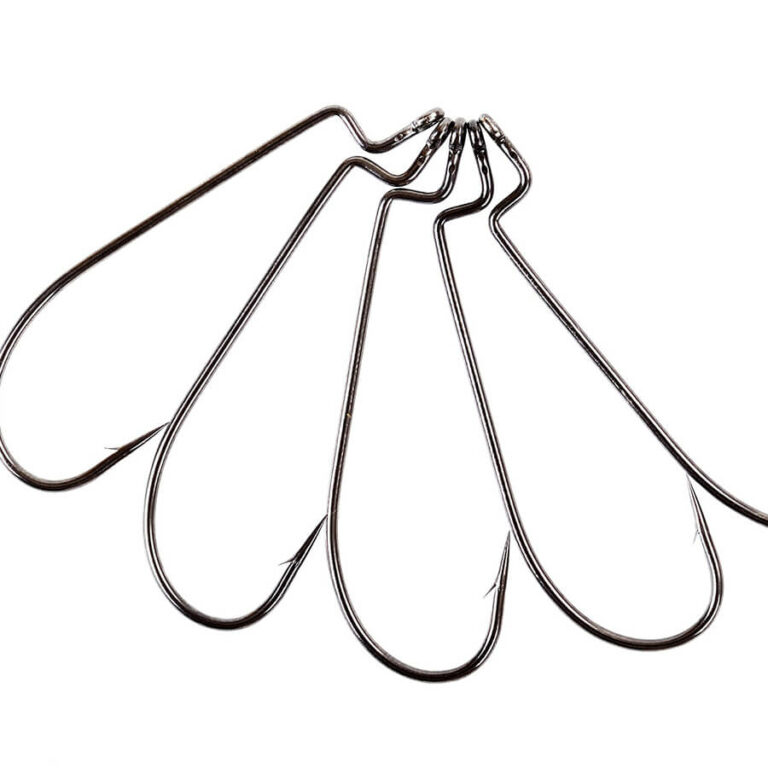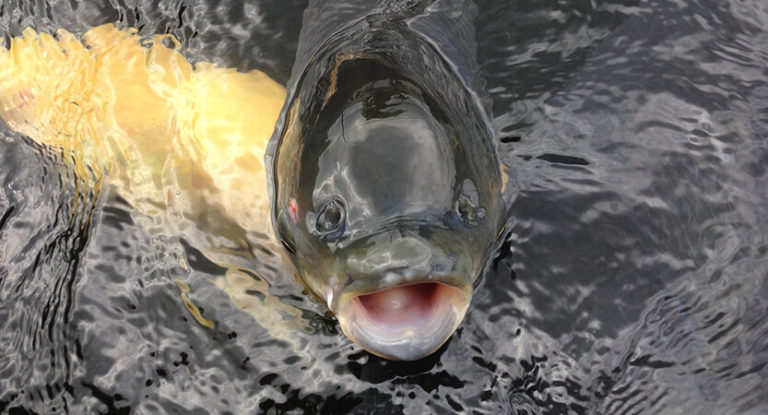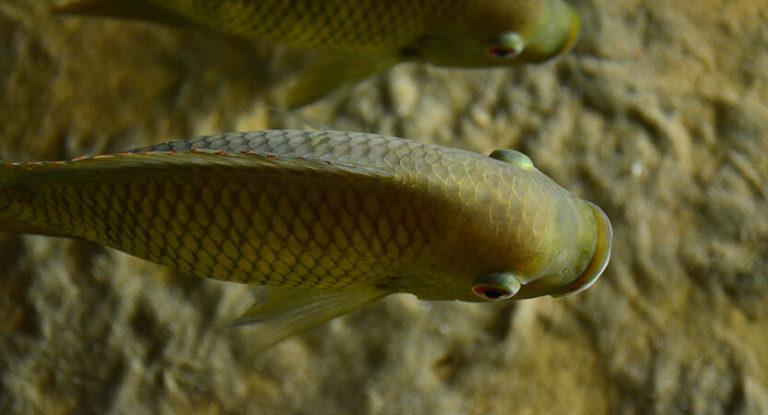The world of fishing is beautiful and immense in all its diversity. How inventive a hobbyist can be! And even though now it is not the main method of obtaining food and nothing depends on its effectiveness, except for the pleasure and prestige of the fisherman, its adherents do not stop improving in this direction. Along with the traditional and successfully proven methods of fishing, new, even more original and effective ones appear.
Within the framework of one publication, it is quite problematic to cover all the methods used by modern fishermen, but we will try to give at least an initial concept about them. Surely people who are just trying themselves in this fascinating activity will find something most attractive for themselves. This overview has been created so that you can simply navigate the fishing methods. If any option interests you more than others, welcome to our narrowly thematic publications.
Here is an overview of the content of this tutorial, feel free to jump to any section you care about:
For more fishing instructions, take a look at these popular Trizily links: Best Baitcasting Reels, Best Spinning Reels.
- Fishing Spoons- All You Need To Know
- How To Fish With A Wobbler (Complete Guide)
- How To Choose A Spinning Rod (Complete Guide)
How to fish in the summer?
This section is not just about summer fishing – it describes the types of fishing practiced in open water. However, it is summer that is the optimal season to start realizing the desire to try yourself as a fisherman in practice. For the start, especially expensive ammunition is not required, the weather conditions are comfortable, the choice of reservoirs is immense.
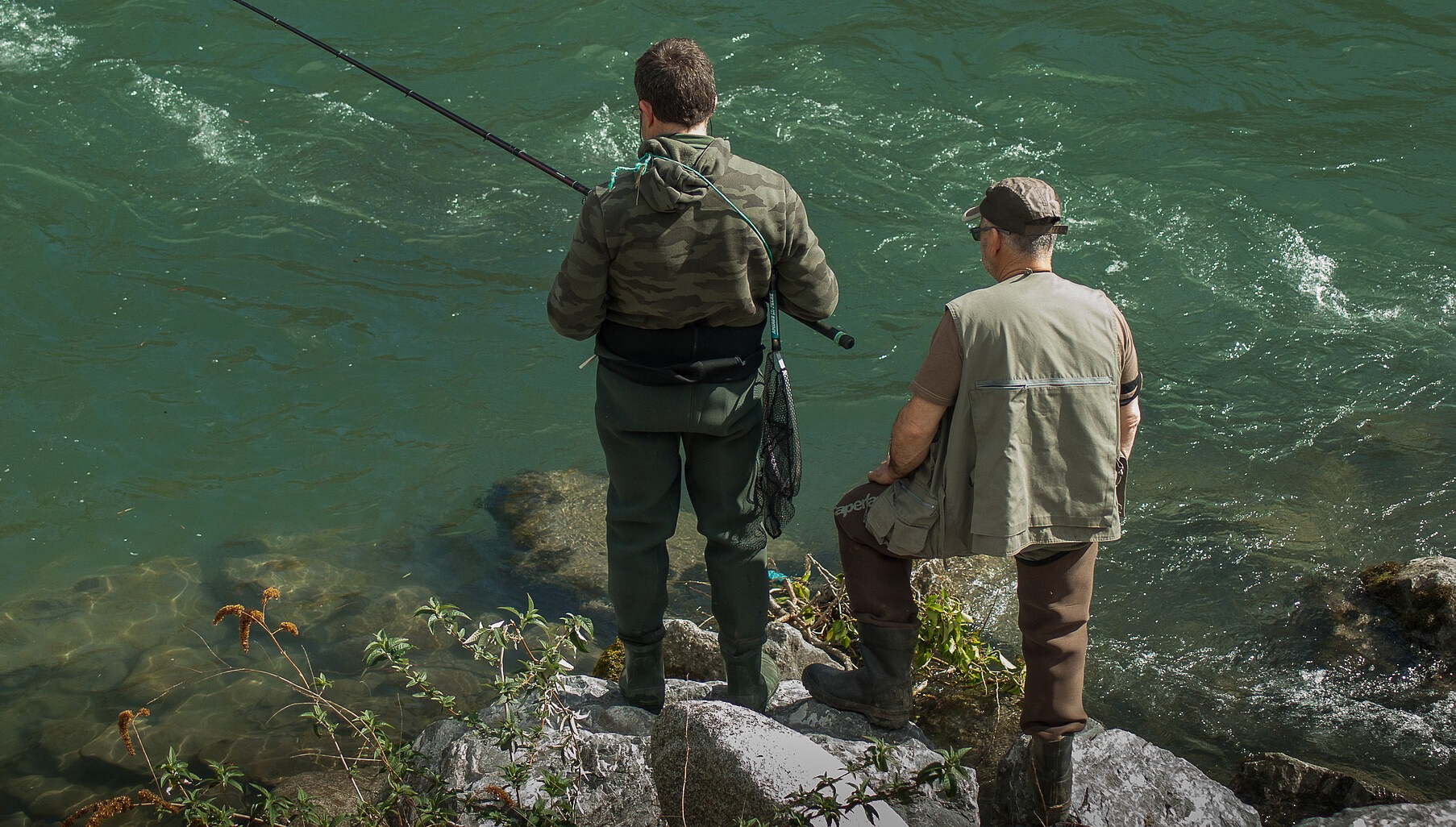
Despite the variety of open water fishing methods, they can all be grouped into two broad categories: active and passive. Active methods involve some actions of the angler after casting (posting, playing with a blank, and so on). Passive options are based on careful preparation of ammunition, as well as the ability to catch and bring prey ashore in time . Passive fishing requires less significant physical costs, therefore it is considered more versatile.
The variability of the methods is due to the choice of tackle and the installation of equipment. For example, a spinning rod can be used not only for active fishing: in some cases it is used as a match with a float rig or a blank for bottom fishing. And when fishing with a feeder, various wires are sometimes used, which turns it from a passive bottom tackle into an active one. But in this article we will talk mainly about the traditional options for using tackle, leaving the exotic for professionals.
Float equipment
A classic of the genre, float fishing is perhaps the perfect choice for a beginner. For the start, the most inexpensive rod (stick, blank) is suitable – have you seen how the boys in the villages fish with hazel rods? The fishing line can also be picked up quite affordable, hooks, sinkers and other elements will be inexpensive. This method can be used to catch any fish, from miniature gudgeon to trophy carp . Possible fishing from the shore, equipped walkways, boats and so on.
The essence of fishing with a float is the most simple. At home, you need to equip a rod (you can even do without a reel), prepare groundbait and bait, take a fish tank with you – and you can go to the pond. There you need to find the most promising place , preferably near coastal vegetation, feed potential prey, spread out and cast the fishing rod. The most successful is usually fishing in the bottom layer of water: the bait should be located 10-30 cm from the bottom. But some representatives of the ichthyofauna live somewhat “higher”, up to the surface.
In this case, the float acts as a bite signal. As soon as he radically changed his position (drowned, lay down, abruptly left to the side) – it is necessary to hook the rod with a jerk and calmly bring the catch to the shore. It looks simple enough, but in practice, every moment is overgrown with a lot of nuances. Consider the types of float rods:
Fly fishing rod . The simplest and most common tackle, often used by beginners. The blank is equipped with a flexible whip, and the line is attached to its tip through a connector. When rigging in the classic version, the reel is absent, because lightness and mobility are at the forefront – you really have to wave the swing rod.
As a rule, it is used when fishing from the shore in stagnant water. The main thing in this case is to learn how to purposefully carry out casts of sufficient range and fish out bypassing the coastal vegetation. When hooking and playing, the angler operates exclusively with the rod (remember that the reel is not structurally provided).
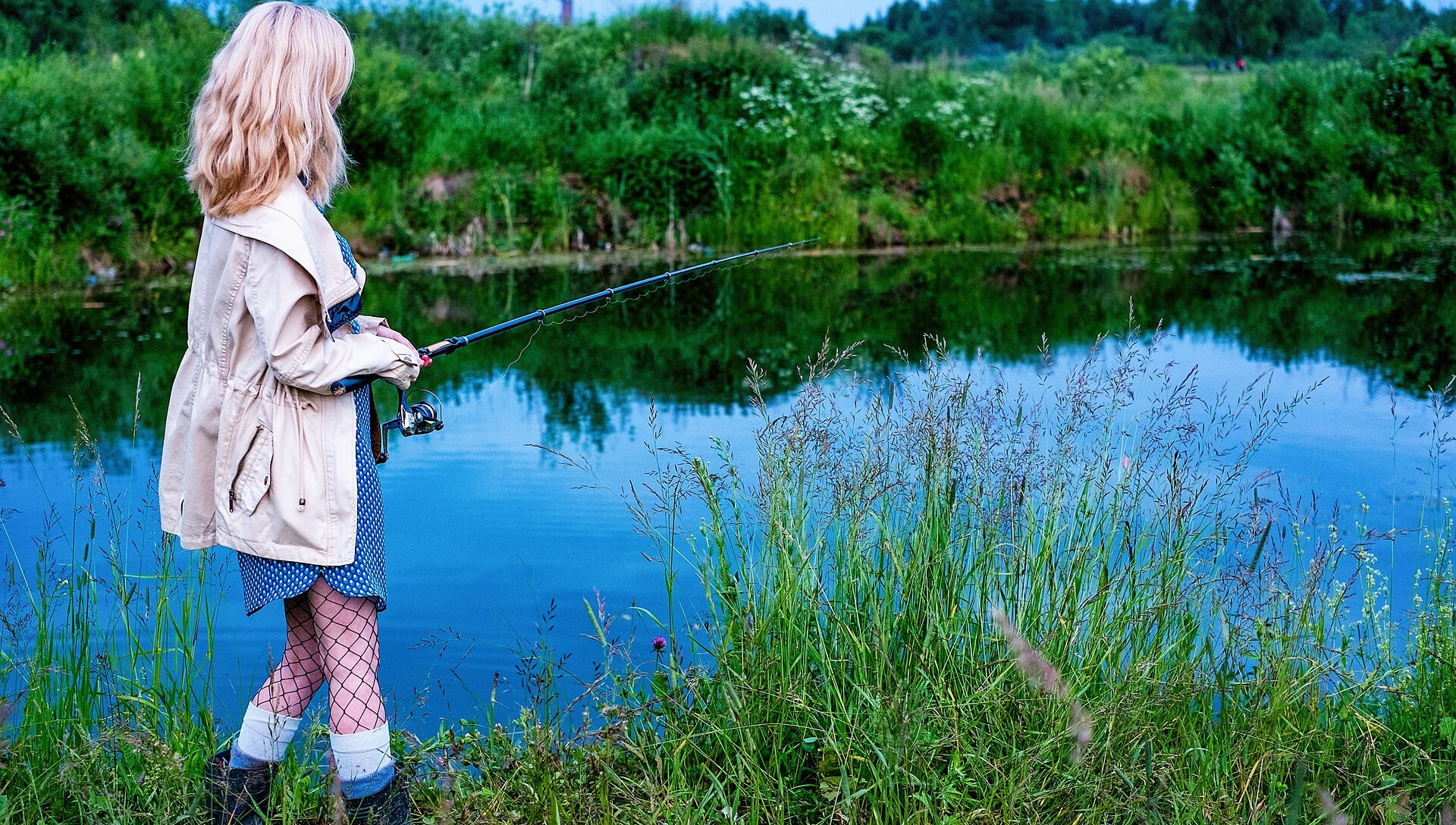
Telescopic rod. This is a kind of evolution of the swing rod: sometimes there are even hybrid versions. However, the “purebred lapdog” is purposefully designed for fishing with the flow, although it also demonstrates good efficiency in stagnant water. The telescopic rod form is usually short. It is equipped with rings of different diameters, the quality of which is subject to increased requirements. A reel of inertial or non-inertia type is installed on the rod.
It should be borne in mind that a telescopic fishing rod with a big stretch can be called passive, since its direct purpose is to fish in the wiring. A sufficiently long cast is carried out, the nozzle plays on the current, walking in front of the float, and the angler manipulates the rod and reel. At the same time, large areas and water horizons are being fished.
Plug rod . If you find fault with the terminology, almost any rod can exist in the plug version, for example, a fly rod or a match rod. The fact is that the overwhelming number of amateur anglers using float techniques use telescopic “sticks” consisting of several knees of different diameters, extending from each other. But true connoisseurs, as well as sports anglers, prefer plug-in options. They consist of several knees that mate into a single unit, similar to bamboo rods.
A sports plug rod is usually very long (up to 20 m) and, for obvious reasons, is not equipped with a reel, which allows you to fish at an appropriate distance – and no further. The fact is that there is no casting as such with plug-in fishing – the fishing line with the equipment is simply put into the water, without the usual energetic swing with other methods.
Match rig . The match is intended primarily for fishing on stagnant water or calm current. The match stick is small in length, because this parameter is not too fundamental. It looks more associated with a spinning rod than with a traditional float rod: handle, short length, rings. The presence of a spinning reel allows for very long casts and fishing vast waters without leaving one place. When using a float with an internal load, it is possible to cast over a distance of more than fifty meters.
Most often, matcheviks fish on large lakes and reservoirs, as well as large rivers in areas where the channel expands and the current slows down. The sliding rig allows you to fish at different depths, thus increasing the chance of a solid catch.
Bottom tackle
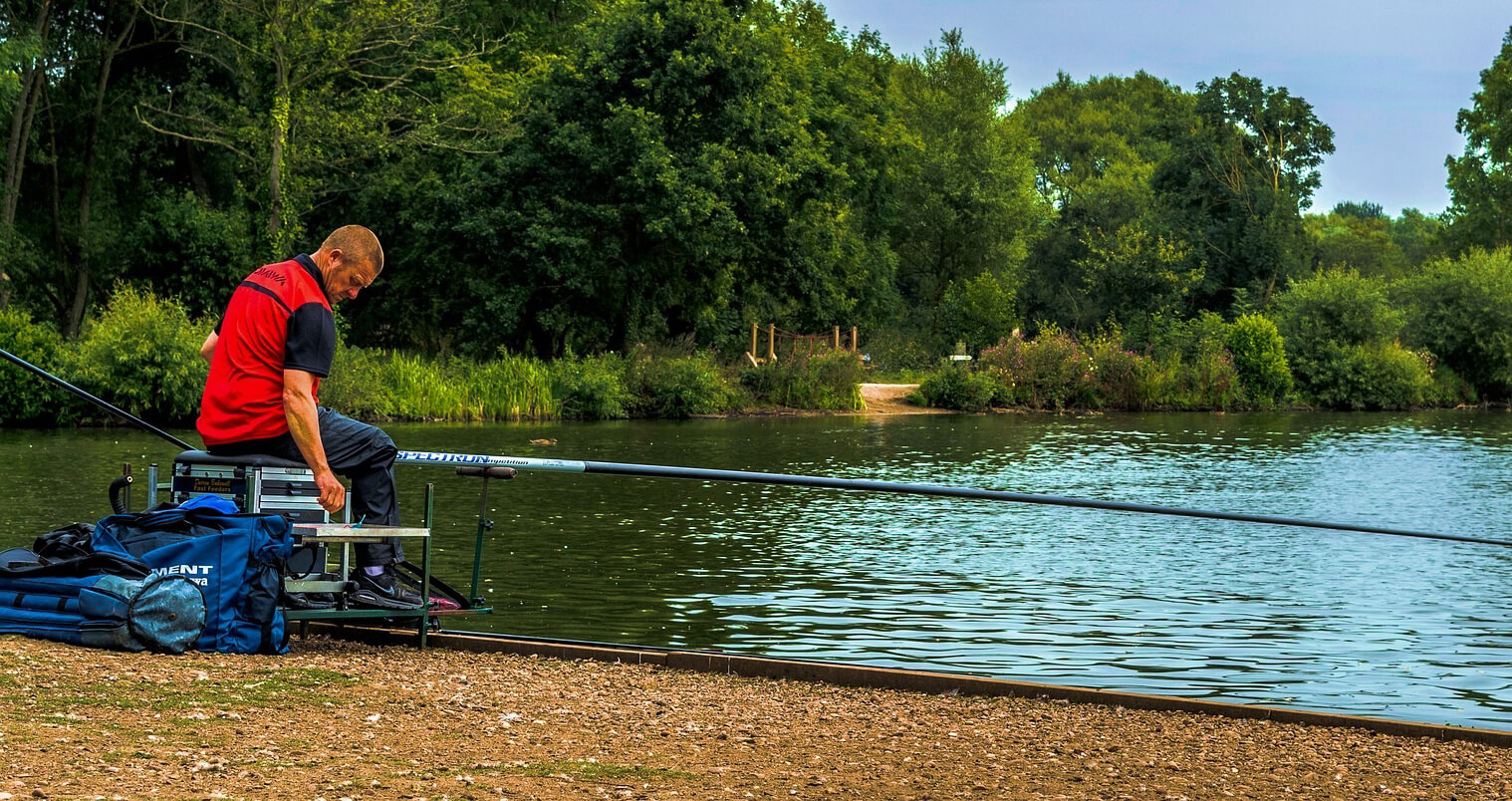
If you are not distinguished by enviable health and physical condition, or simply love peace in the bosom of nature, it is better to try fishing with the help of bottom tackle . This is not a very dynamic method: in this case, the angler is like a sniper taking a long time to prepare for a single shot. In other words, the fisherman needs maximum attention and patience.
It is very important to properly prepare your rig and choose a promising location. Particular attention is paid to the selection of lures and baits . The mounting elements often include all kinds of feeders, which makes it easier to bait fish. The initial feeding is carried out massively, often with the use of various devices, since fishing is carried out at considerable distances. During the actual process, the actions of the fisherman are reduced mainly to tracking the signaling device, and when it is triggered – in the hooking and playing.
All gear of this type, as the name implies, involves fishing either from the bottom or in the bottom layer of water. They can be divided into two broad groups: with a rod (carp rods, feeders) and without it (zakidushki, elastic bands, and so on). Let’s take a closer look:
Zakidushka . The simplest tackle is one of the most economically available gear. It consists of a main line (cord), on which several leashes with hooks and a load are attached. One end of the zakidushka is weighted down with a load (any, up to a stone), the second is wound on a reel. The reel can be made with your own hands from a plastic bottle, plank, plywood and other improvised material.
Fishing is carried out in open water, since the zakidushka is guaranteed to get confused in the thickets. As bait, nozzles of plant and animal origin are used: there are several leashes, up to a dozen, so the “dishes” can be diversified: from corn for bream to live bait for pike . Casting is carried out over long distances from the shore or boat.
Elastic band . Before us is an improved classic rod: the design is complemented by a rubber shock absorber (elementary “model”). This greatly simplifies its operation: the tackle with a load is thrown once, then it is checked and returned back with the help of an elastic band. At the same time, the maximum noiselessness and ease of fishing are ensured.
Bottom rod . In this case, you can use any form of small length (many anglers even use spinning rods in this way). The main condition is the availability of a good reel and rig load (often with a feeder) to ensure an optimal casting distance. The rod is installed on the bank and in itself is a bite signal, but when using several tackles, it is better to supplement the rig with at least a bell.
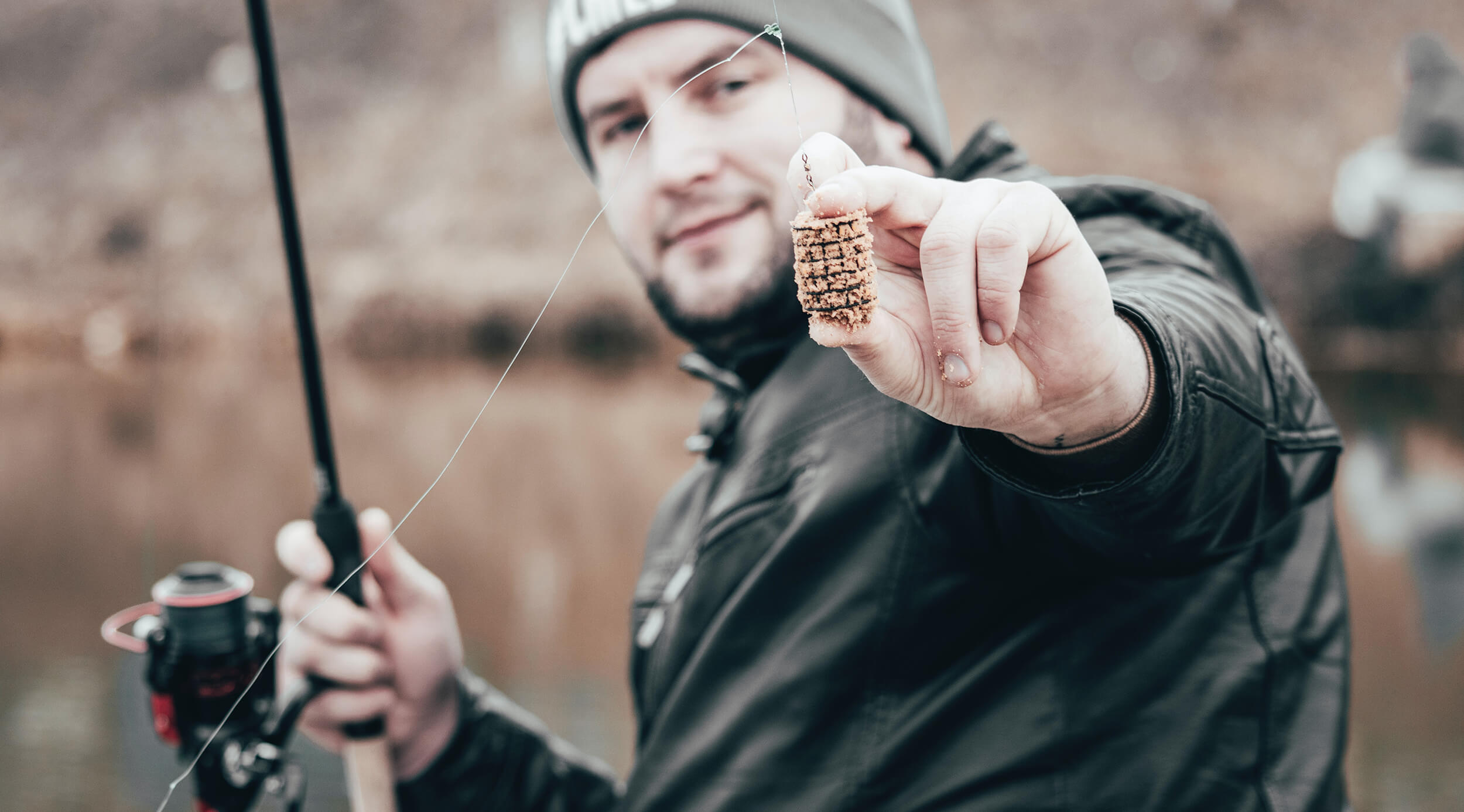
Feeder fishing . A feeder, roughly speaking, is the same carp rod with a blank, but with the appropriate characteristics. It is often used for catching trophy fish: for example, carp fish usually use special carp feeders. Feeder fishing includes many techniques and provides for the use of all kinds of installations using both traditional and the latest water-soluble feeders.
The use of a variety of tooling elements
A variety of mounting elements can be used in the same basic gear. What can a person not invent in order to grab and catch the coveted trophy! Let’s dwell on the fundamentally different elements of the equipment used for fishing.
- Spring . Perhaps the most honored element used in all kinds of bottom gear. It is a spindle-shaped metal spring with a hollow or monolithic rod inside. The feed is tightly packed into the spring and hooks attached to the leashes are inserted.
- Mesh . Another interesting and catchy tackle is the net. It is a “cage” made of a cellular material (for example, metal or plastic). Fishermen of the past often used women’s hair curlers for this purpose.
- Method . An interesting development, which is a plastic feeder, usually with a monolithic base and “ribs” on top. It is stuffed with fodder, into which the leashes with hooks are “packed”.
- Cork . The most elementary to manufacture, but quite catchy tackle, intended for bottom fishing. The main element is a cork from a plastic bottle of a sufficiently large diameter. The load and leashes with hooks are attached to it. In principle, the use of bait of a very viscous consistency (for example, pea or semolina porridge). The fish “sucks in” the gradually dissolving bait, and at the same time – the hooks, which are given a positive buoyancy with the help of foam balls.
- Makushatnik tackle . Mainly large fish of carp species are caught on the top of the bowl: carp itself, less often bream and crucian carp. The basis of the tackle is a flat lead plate, at the corners of which there are leashes with hooks. It is equipped with a square piece of cake – dense cake (sunflower, linseed, hemp, and so on), into which hooks are inserted.
- PVA materials . Innovative water-soluble bags and threads are not cheap, therefore they are mainly used for elite carp fishing. When they get into the water, they gradually dissolve, leaving a bunch of goodies at the bottom, for example, boilies with hooks disguised among them.
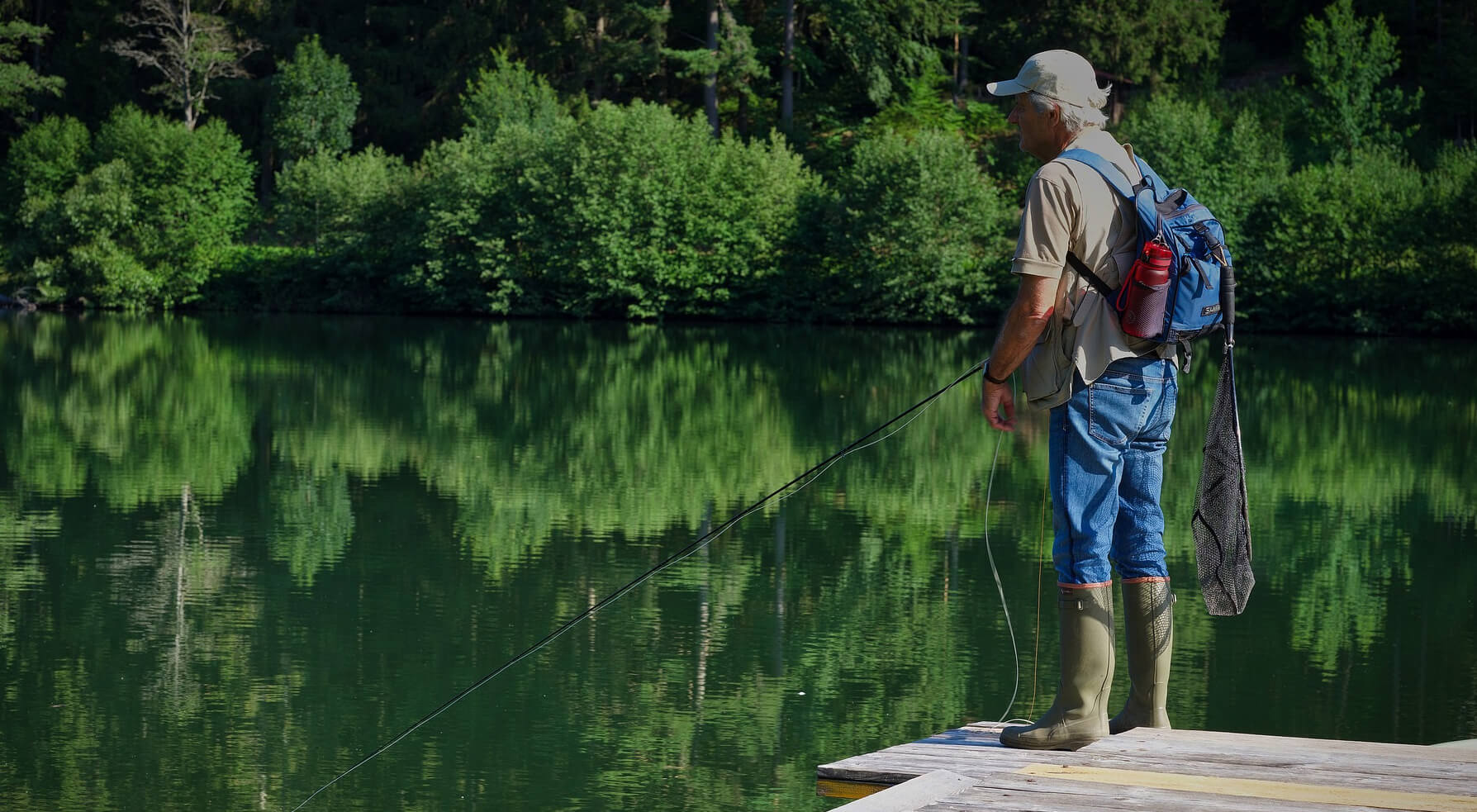
Fishing with the help of summer zherlitsa
There are many varieties of summer zherlitsa. These tackles are designed for passive open water fishing. With all the variety of designs, they have one thing in common: they are designed for self-chopping. Zherlitsa are intended mainly for hunting a predator, therefore, they are equipped mainly with live bait.
There are several basic designs of summer vents, which are based on an elementary monofilament thread or braided cord. The use of a leash is not always rational, especially when catching cautious, inactive fish. However, it must be remembered that a large pike can easily bite even a cord of a decent diameter, and since the angler does not always immediately react to self-chopping, the predator has time for this.
The simplest supplies consist of a fishing line fixed to a reel, a sinker and a hook, which is equipped with live bait. The tackle is fixed on the shore to a peg or tree in such a way that when biting, the fish picks up the slack and self-chooses. Sometimes stakes for gutters are installed in the water or suspended above it.
A special type of girders are mugs designed for fishing in stagnant water or a slight current. When biting, they flip over with the alternatively colored side up, thereby signaling a trigger.
Active fishing
In passive fishing, human participation is limited to preparing and casting gear. And also further observation of her. In the intermediate stages, auxiliary actions are performed: checking the rig, changing the baits, correcting the depth, and so on. The next phase of activity begins when catching and playing prey.
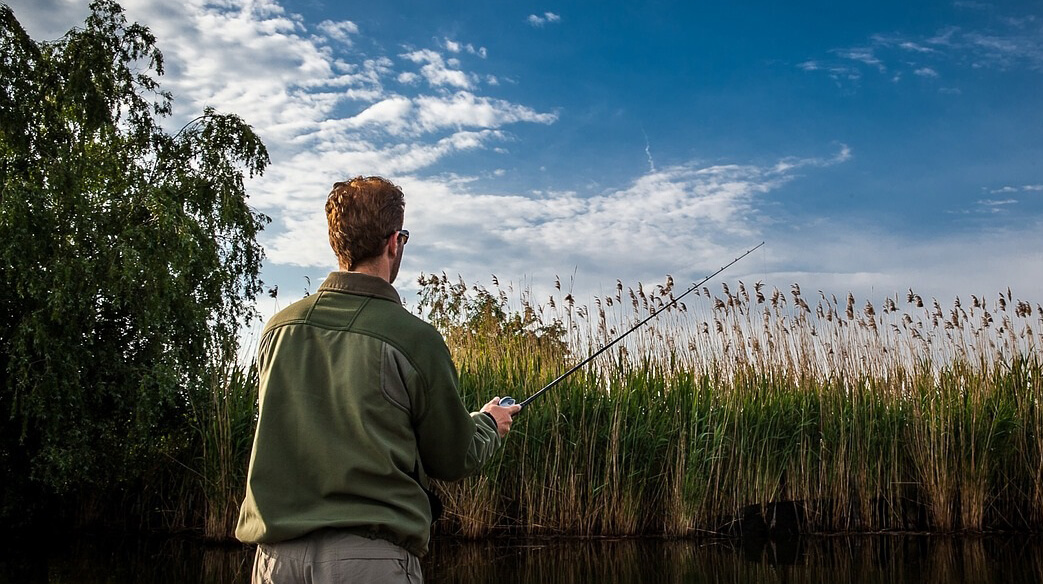
Active fishing methods involve constant human involvement in the fishing process. No time is allotted for rest and philosophizing, even in the absence of bite . The fisherman makes constant manipulations with the rod and / or the reel to attract representatives of the fish fauna with the movements of the bait.
The most famous and beloved by anglers active tackle is spinning. It is mainly used for catching a predator, but occasionally with its help peaceful representatives of ichthyofauna are also hunted. It is much less common to meet adherents of fly fishing: this tackle has not really taken root in our country.
In winter, the most popular is jig fishing, spinners, balancers with the use of a nod fishing rod. These are active methods: the angler plays with bait, thereby attracting the attention of potential prey. By the way, similar methods can be used when fishing in free water in a plumb line (for example, from a boat).
Spinning
Spinning is one of the most dynamic and adrenaline-pumping ways of fishing. With the help of this tackle, mainly a predator is hunted, because it is he who responds best to the movement of the bait. The classic catch of the spinning rod is pike, perch and pike perch. Fishing is possible both in still water and downstream.
With this method, it is important to properly equip the tackle, pick up the bait and learn the basic ways of posting. The physical component is also important, because you have to be in motion all the time: either throw the tackle , or carry out the posting. At the same time, sometimes it is necessary to overcome many kilometers along the coast in search of a place for the deployment of pike or a hunting area for a flock of perches.
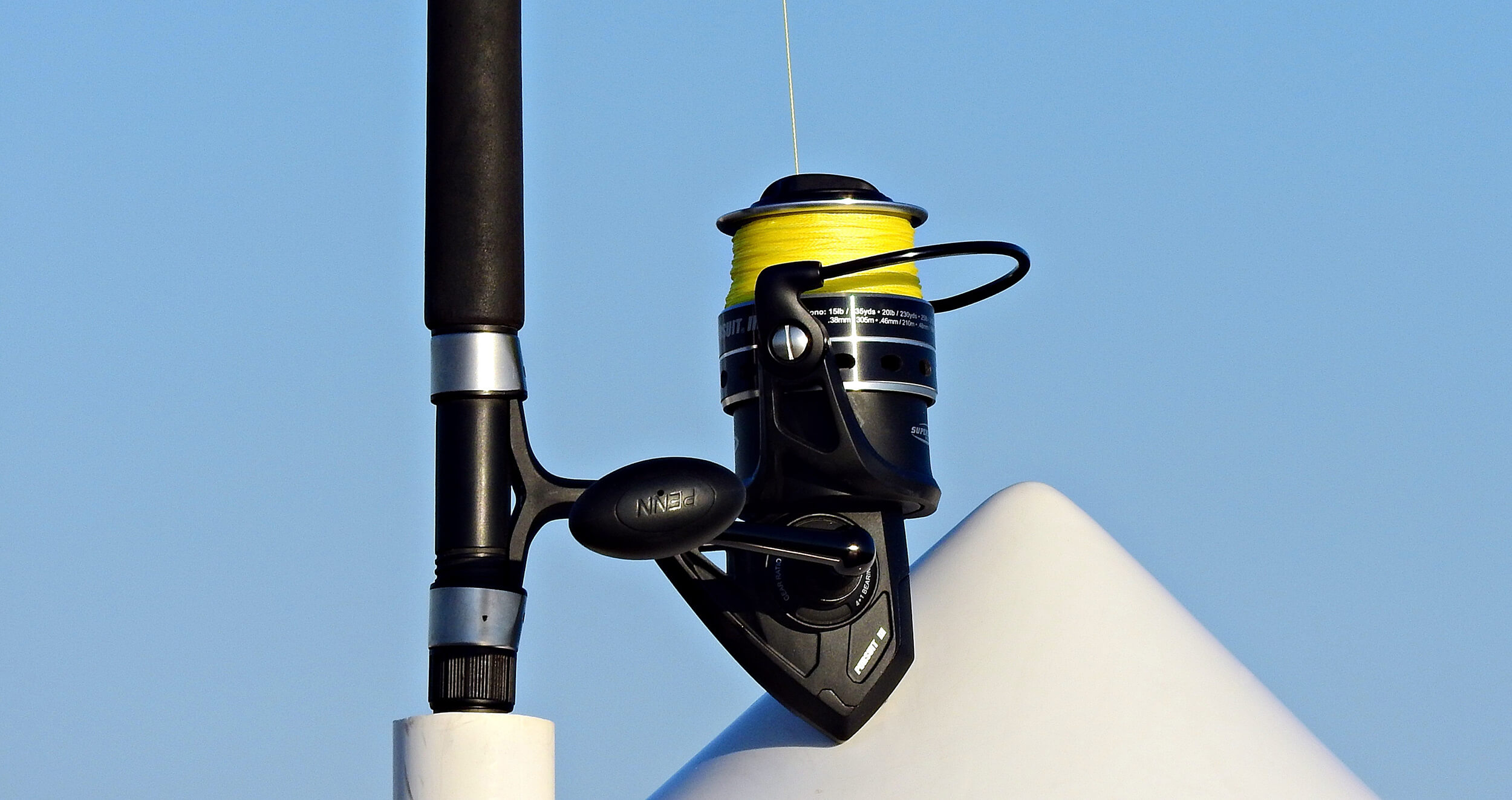
For the first time, it is better to choose a rod of medium action and dough , which fits comfortably in the hand. It is better to dwell on a high-quality version of carbon or composite materials: such blanks weigh a little, but have sufficient strength to catch solid specimens. A good spinning reel is essential , preferably with a friction brake.
Fishing begins with identifying and fishing for promising spots. In this case, various types of postings are used: uniform, stepped, jerky, jig, and so on. The choice of the type of posting is carried out in accordance with the conditions of the reservoir and the type of expected trophies, but the type of bait plays a fundamental role here. For example, when fishing with a spinning lure , uniform tracking is optimal, and jerky twitching is usually carried out when using a wobbler. Most often, spinning fish is caught with all kinds of spinners, wobblers (lures made of hard materials that look like small fish) and silicone lures (for example, soft twisters and vibro-tails equipped with weighted jig heads).
Fishing is carried out at different horizons: for example, stepped wiring allows you to fish horizons from the bottom and almost to the surface. The bite occurs during the posting, sometimes – already at the moment the bait touches the water. It is transferred to the rod and caught by the fisherman, followed by the fishing rod hooking. Fishing is carried out gradually, by winding the fishing line onto a reel.
Fly fishing tackle
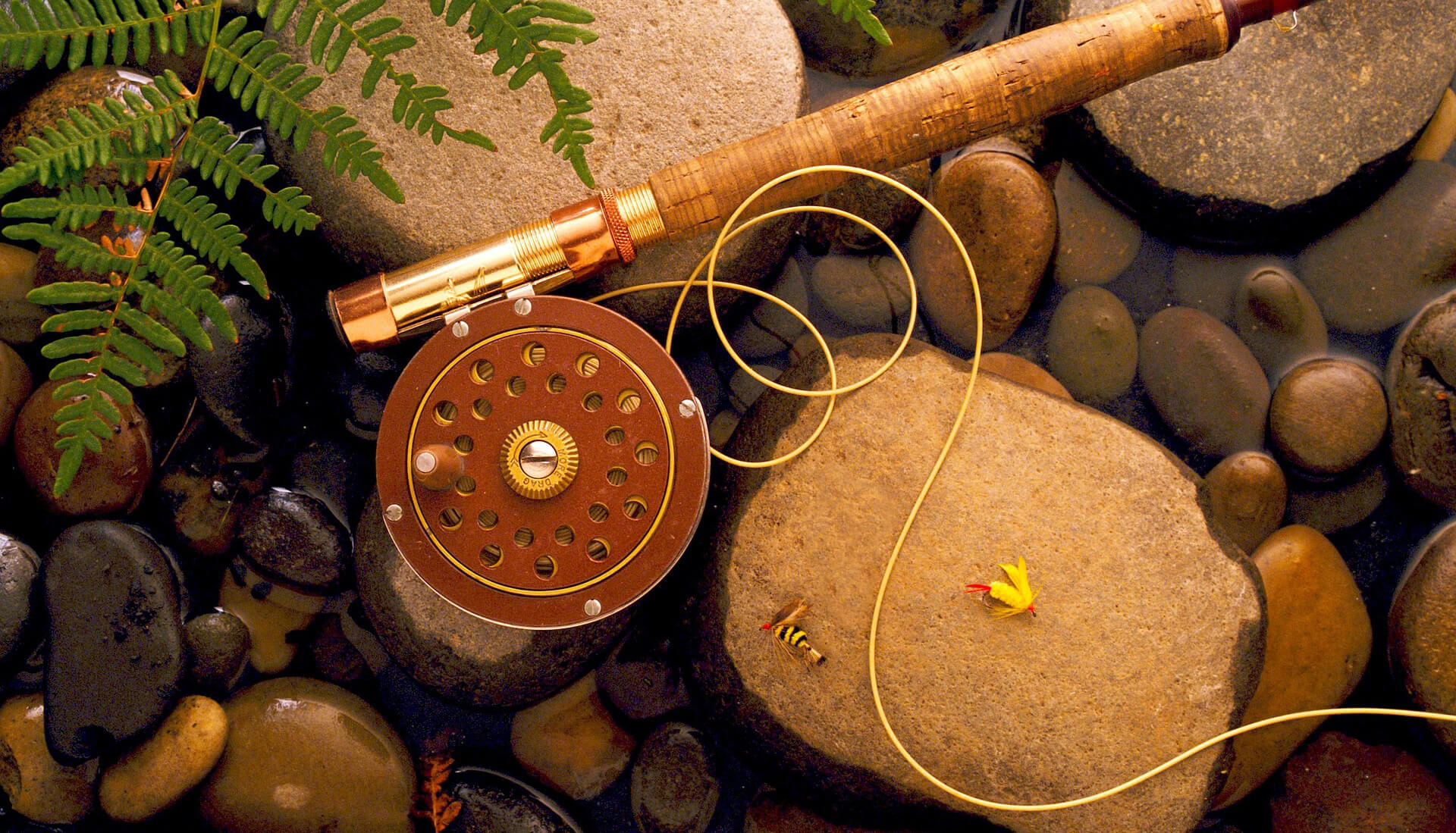
Fly fishing is very popular in the US and some European countries. It originated as a way of catching trout in rough rivers, but it is also applicable for catching other types of fish. Fly fishing gear is relevant for downstream fishing and requires sufficient skill from the angler.
The fly rod looks like a very light spinning rod, ideally with a cork handle. Blanks are classified by test and pitch, with the most versatile being the average. A reel is a must, and many fly fishers prefer high quality inertial models – they do not make the tackle as heavy as the “inertia” models. Special requirements are imposed on the cord – it must be of the highest quality, as it is subjected to heavy loads and wear. The installation includes a leash-undergrowth, and the bait is an artificial fly.
The fly fishing technique is extremely difficult at all stages. It is especially problematic to learn aiming casting without entangling the rig, therefore it is recommended to master the technique in still water under the guidance of an experienced fly fisherman. It is not easy to master the basic wiring, keeping the cord taut, as well as the special leisurely playing of fish. In a word, this is an exclusive fishing for true connoisseurs of active fishing who spare no time for training.
Features of fishing from a boat
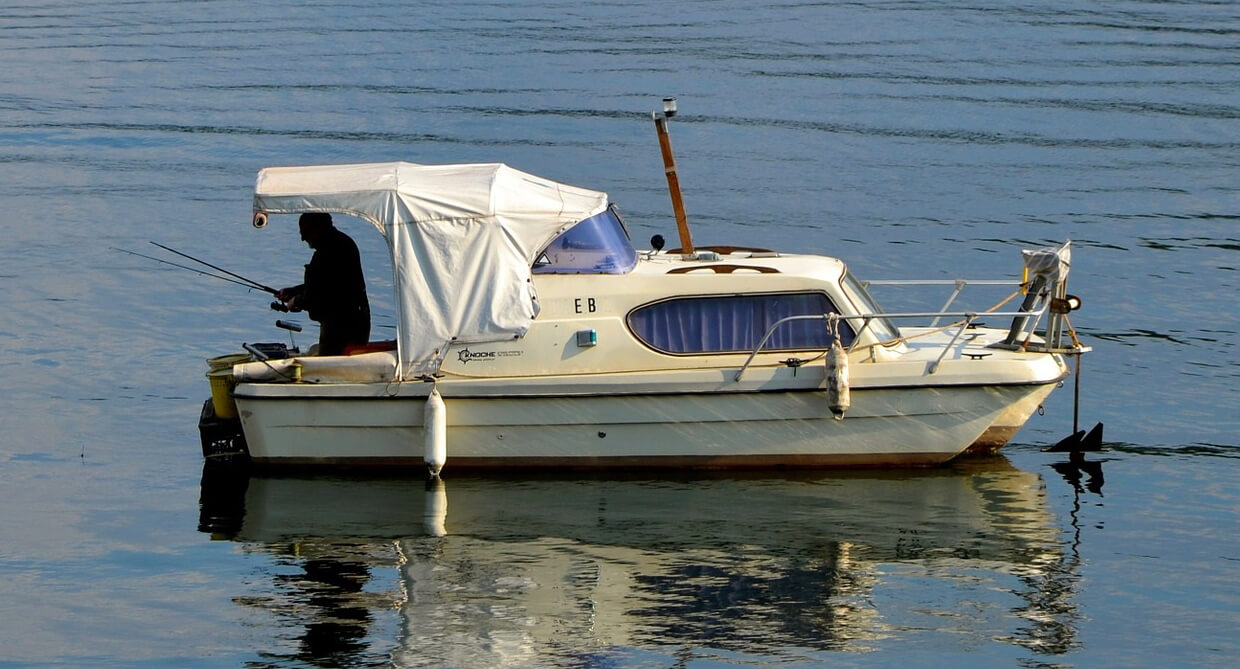
The boat can be used both during fishing and play an auxiliary function. With its help, you can fish the most extensive water areas and move freely in search of catching places. Its use is especially effective when using float gear: from a boat, you can fish hard-to-reach areas (for example, water windows among vegetation), which are a priori the most promising. In this case, you can use a rod of short length and fish almost in a plumb line. The use of active tackle is also possible: some pros use spinning, but more often nod fishing rods with summer jigs and balancers are used.
The boat is also indispensable for servicing other gear: classic donuts and rubber bands, as well as floating girders. In this case, its presence is a fundamental point: without it, fishing is impossible. In addition, it is more convenient to carry out baiting and primary massive feeding of fish at long distances from the boat.
We remind you: during the period of spawning restrictions, fishing from a boat with any tackle and even their presence on board is prohibited.
Winter fishing
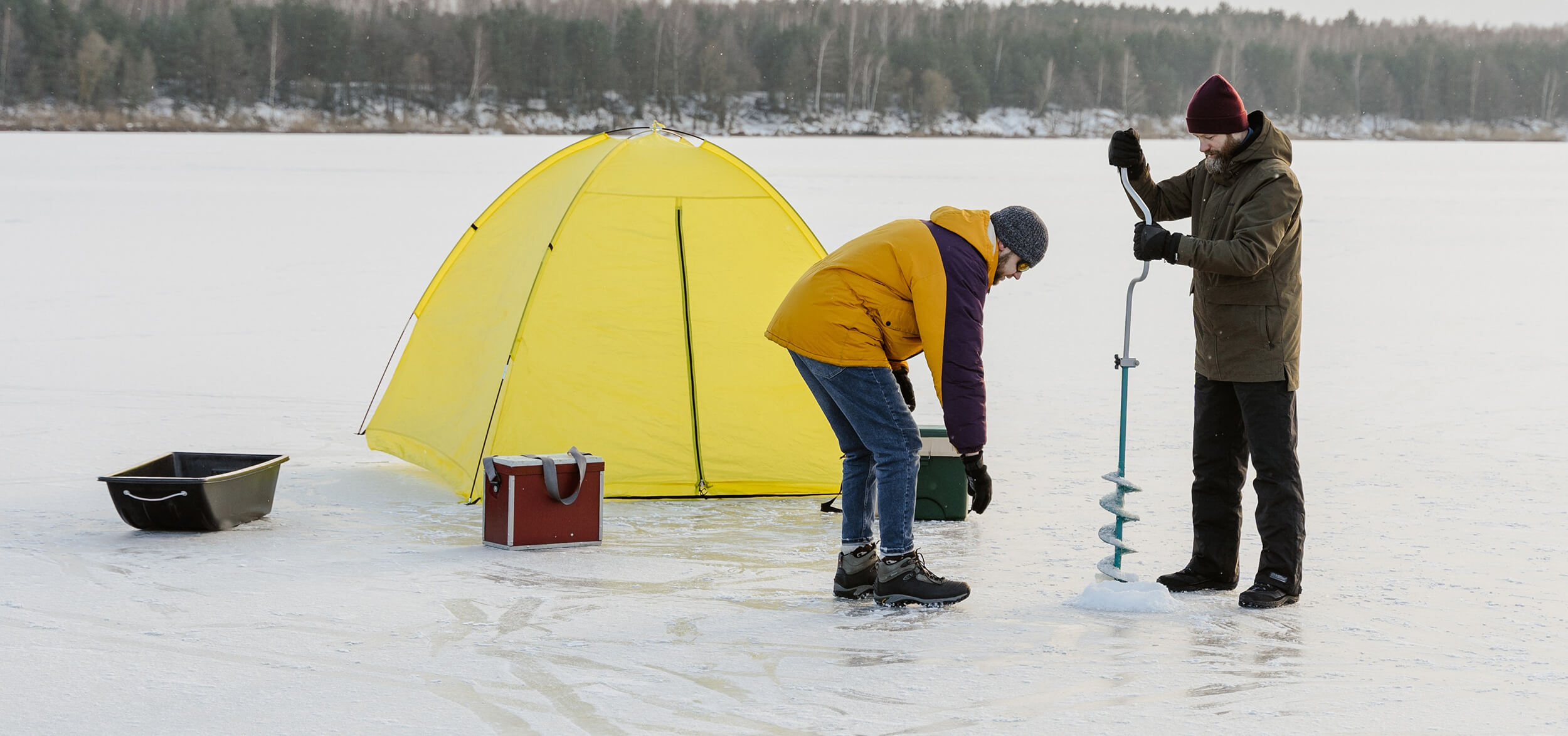
Winter fishing is fundamentally different from summer fishing: different methods and tackle are used. An obvious plus is the availability of any parts of the water area without a boat, but assessing their prospects is difficult. In these conditions, the use of an echo sounder is especially justified.
Winter fishing equipment is also more solid and expensive. For example, an ice screw is required – a tool for drilling ice. Sometimes an angler cuts through a dozen holes before finding a catchy spot, and this is a significant physical cost.
The fish is not very active in winter, therefore, to attract it, all kinds of bait are used with the addition of animal components. It is delivered directly to the bottom using special winter feeders.
The hole often freezes quickly, fragments of ice accumulate in it, and the fish are not very attracted by passive baits. This means that float fishing is not very effective, therefore, in winter, fish are more often caught with active tackle that involves playing with bait. Sometimes winter spinning rods are used, but more often anglers use nod fishing rods with artificial lures, sometimes in combination with animal baits. It is also effective to catch a predator on winter live bait gnats.
Ice fishing rod nod
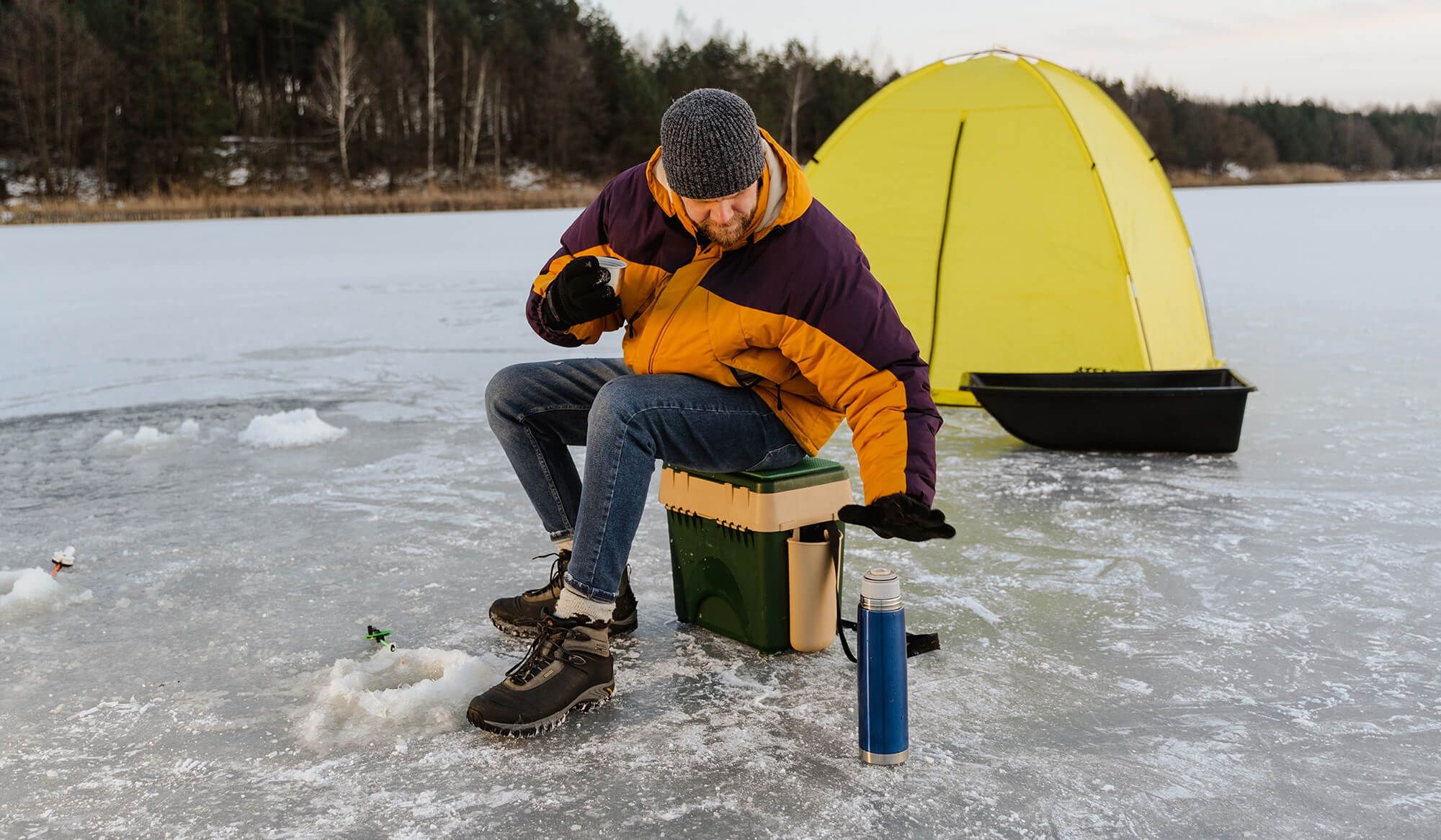
The nodding rod has a short length, which is quite justified: the angler is located directly in front of the hole. There are many variations of this type of blank: from the simplest with reels to more complex ” of all kinds.
A nod (gatehouse) made of metal or plastic of various softness is usually used as a signaling device. Rod nod selected depending on the characteristics of the blank from the calculation, to a working position it is positioned at an angle of 45 on to the rod. The most common practice is direct fastening of the gatehouse.
In the course of fishing, the fisherman actively plays with a rod, causing the bait to move and thereby luring the fish. When biting, the gatehouse bends even more or soars upward, followed by a jerk sweep. Fishing is usually done by hand: the angler puts the rod on the ice and slowly chooses the line, not allowing it to weaken.
There are several of the most common types of lures , each of which requires some kind of rod play:
- Marmooska . The main food of fish in winter is a small crustacean – mormysh. It is by the approximate similarity with it that this piece of equipment received its consonant name. The jig is a truly versatile lure that attracts both peaceful fish and predators. It is made of metal and can have various configurations, some jigs require the simultaneous use of bait (usually bloodworms).
- Spoon. Winter lures are fundamentally different from summer ones in shape, because it is impossible to carry out the classic horizontal wiring in the hole. Their shape is determined by the type of game: “carnations” provide a vertical fall, free-flowing and gliding spoons descend to the depth slowly, often going far enough to the side, “steps” imply a sharp play in amplitude up / down.
- Balancer . A fairly new phenomenon in the world of winter lures. The balancer is used to catch exclusively predatory fish, mainly perch and pike. This lure is an imitation of a miniature fish, made of polymer material with a rational weight, which, if properly tied, provides a horizontal position in the water; there is a ring on the back for attaching to the fishing line. The game is played with “blows” of various amplitudes.
Fishing on zherlitsa
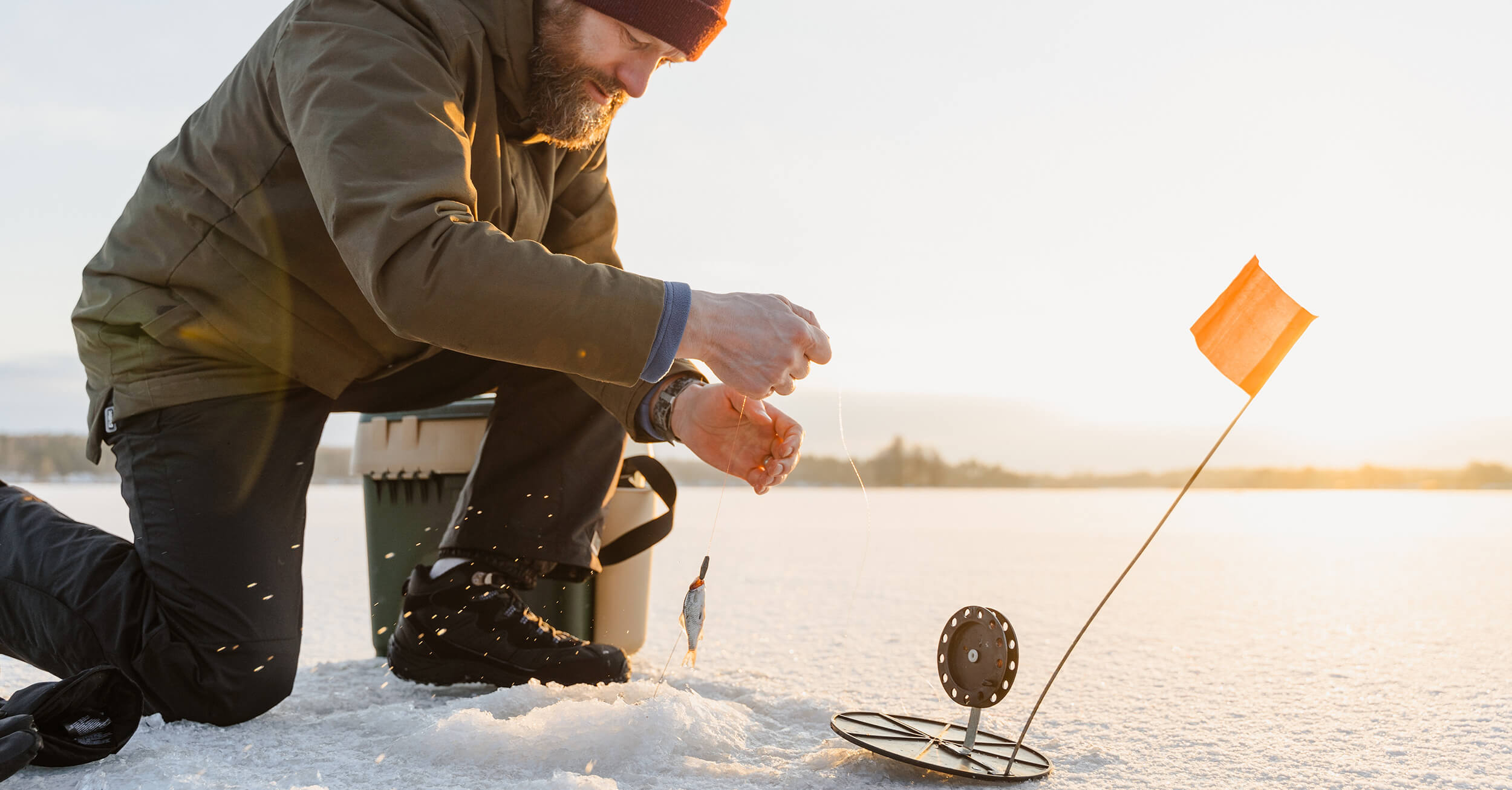
The most famous passive tackle for winter predator fishing is zherlitsa. Despite the abundance of design solutions, ice models are the most popular. They are equipped with flat platforms (most often – round) and are installed on top of the holes, completely covering them and protecting them from freezing. In a charged state, the signal flag is bent and directed downward, and when biting, it soars up sharply. Tackle assumes self-chopping.
The zherlitsa are designed for live bait fishing. The greatest difficulty is the extraction of live bait in the winter , so it is better to contact a specialized store for it. When choosing this type of fishing, one should also take into account the fact that a lot of holes will have to be drilled – at least in terms of the number of holes, so it is better to use an ice screw with a gasoline or electric engine.
We have tried to give you a generalized concept of the most effective and popular methods of fishing in waters. We hope that among them there is one that will bring you true fishing gene and a lot of enviable trophies!

![The 7 Best Spinning Reels in 2023 [Buying Guides] 13 The 7 Best Spinning Reels in 2023 [Buying Guides]](https://trizily.com/wp-content/uploads/2021/12/033-768x415.jpg)
